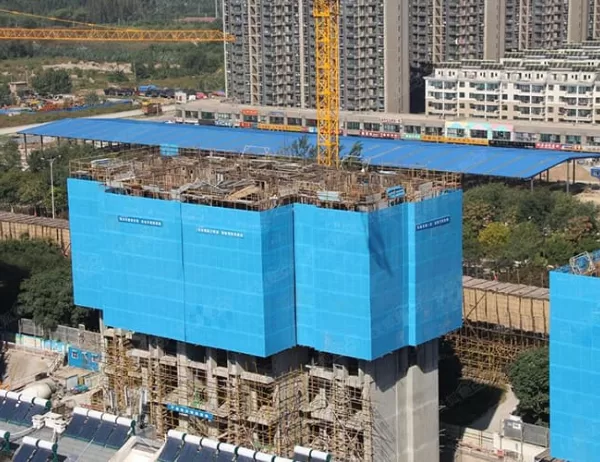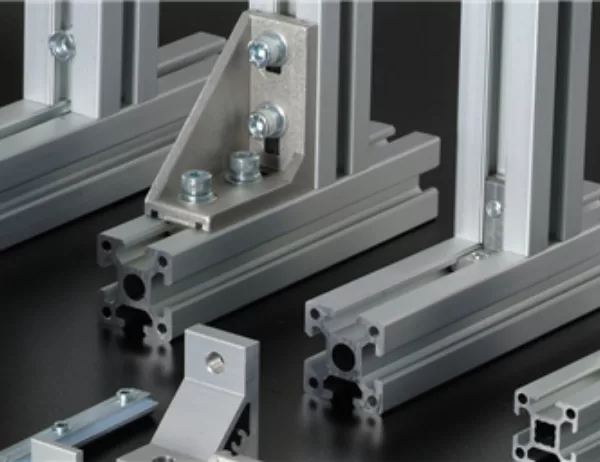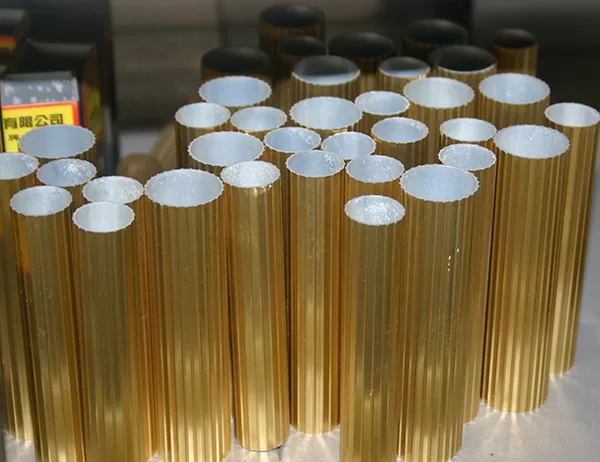Aluminium tubes are ubiquitous in various industries, including automotive, aerospace, construction, and healthcare. Ensuring the safety and compliance of these tubes is paramount for maintaining product integrity, preventing accidents, and meeting regulatory requirements. Partnering with reputable aluminium tube suppliers who adhere to stringent safety and compliance standards is essential.
Supplier Verification and Qualification
Thorough supplier verification and qualification are crucial steps in ensuring safety and compliance. Conduct audits to assess the supplier’s manufacturing capabilities, quality control systems, and compliance with industry standards. Verify their certifications, such as ISO 9001 and AS9100, which demonstrate their commitment to quality and compliance.
Compliance with Industry Standards
Aluminium tube suppliers must comply with relevant industry standards that specify requirements for safety and performance. These standards, such as ASTM B210 and EN 573-3, outline specifications for tube dimensions, mechanical properties, and chemical composition. Suppliers should have a comprehensive understanding of these standards and ensure their products meet or exceed them.
Quality Control and Traceability
Effective quality control systems are essential for ensuring the safety and compliance of aluminium tubes. Suppliers should implement rigorous testing procedures to verify product quality and identify potential defects. Traceability is also crucial to track materials and components throughout the manufacturing process and enable quick response in case of any issues.
Risk Management and Safety Measures
Aluminium tube suppliers should have comprehensive risk management plans in place to identify and mitigate potential safety hazards. This includes measures to prevent accidents, protect employees, and safeguard the environment during manufacturing, handling, and transportation. Regular safety audits and training programs should be conducted to minimize risks and promote a culture of safety.
Documentation and Reporting
Suppliers must provide detailed documentation and reporting on their safety and compliance practices. This includes records of inspections, test results, audits, and corrective actions. Accurate documentation facilitates traceability, enables audits, and provides evidence of compliance with regulatory requirements.
Continuous Improvement
Ensuring safety and compliance is an ongoing process that requires continuous improvement. Aluminium tube suppliers should regularly review their systems, identify areas for improvement, and implement corrective measures to enhance safety and compliance over time. This commitment to continuous improvement ensures that suppliers maintain the highest standards and adapt to evolving industry requirements.
Conclusion
Partnering with aluminium tube suppliers who prioritize safety and compliance is crucial for businesses seeking to maintain product integrity, minimize risks, and meet regulatory obligations. By conducting thorough supplier verification, ensuring compliance with industry standards, implementing robust quality control systems, managing risks effectively, documenting practices, and continuously improving, businesses can ensure the safety and compliance of their aluminium tubes, giving them peace of mind and protecting the well-being of their customers.




